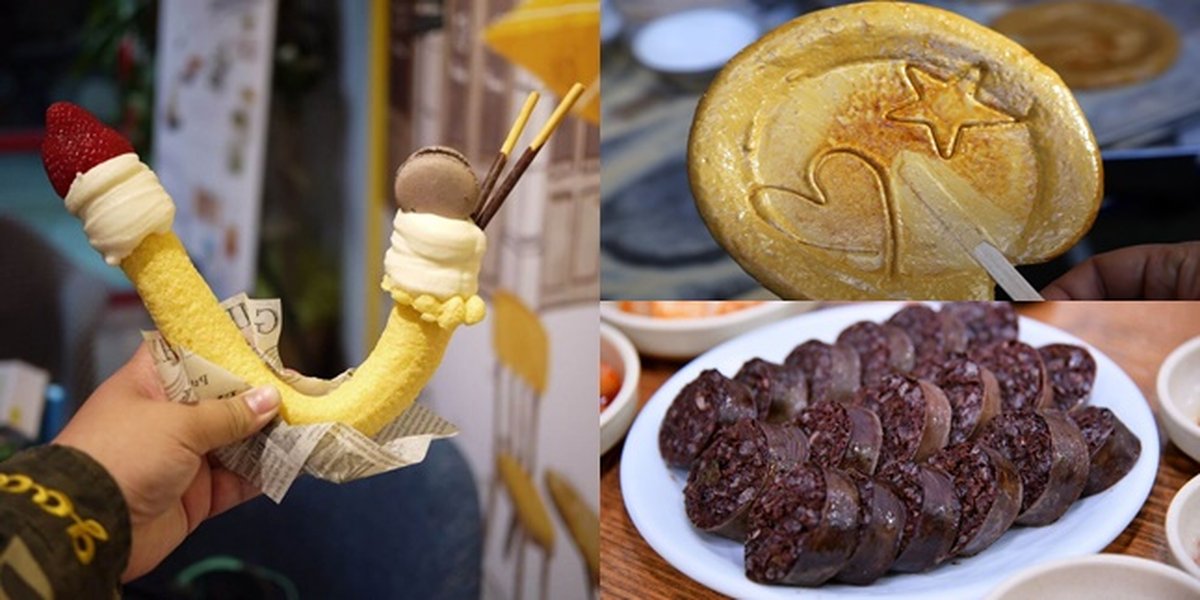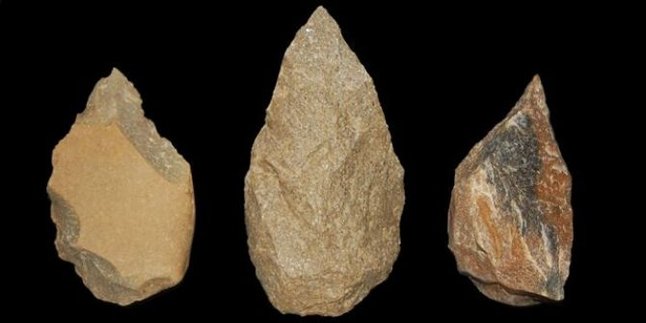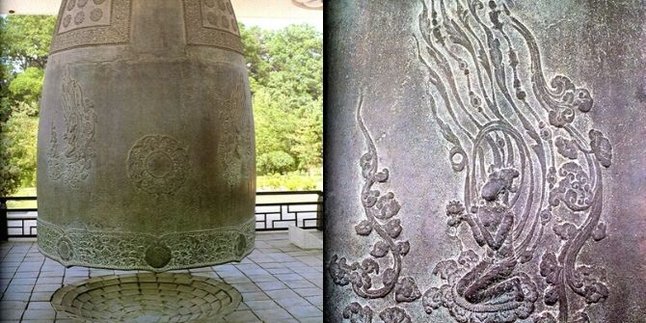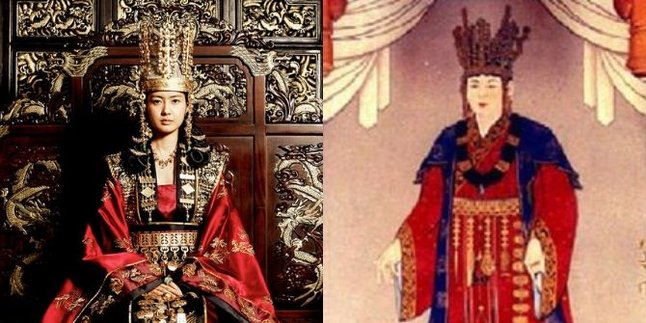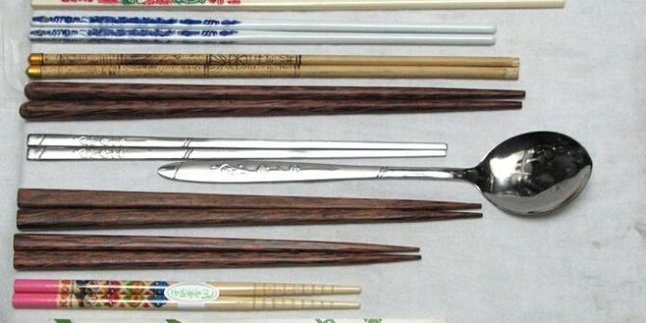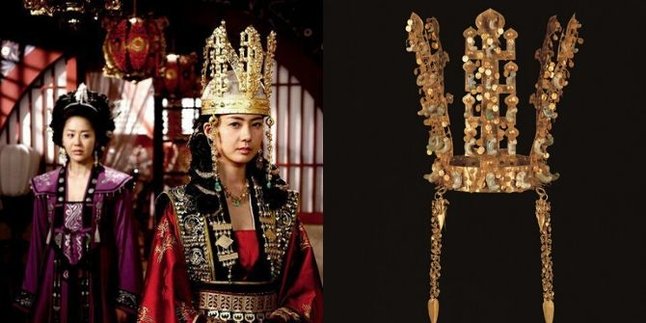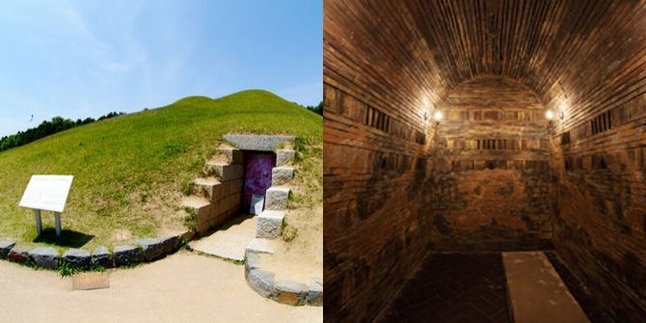Kapanlagi.com - There have been many surprising discoveries throughout Korean history. These discoveries have become new historical events or heritage for Korea. One of them is the discovery of a dagger and gold sheath.
This dagger and gold sheath were unearthed in a small tomb in Gyerim, a city in Gyeongju, South Korea. The dagger appears to have been made by skilled Roman goldsmiths around 6 AD.
1. Estimated to be Made by the Romans
This dagger is considered one of the most valuable ancient daggers in the world due to its beautiful design and perfect condition. It measures 14 inches in length and 3.7 inches in width. This dagger is estimated to be made by Roman goldsmiths as it is adorned with ancient Greek and Mediterranean spiral patterns. However, how did a dagger made in Eastern Europe end up in Korea?
In fact, Silla was known as the golden country in the ancient Arab world. Silla was depicted as a paradise in ancient Arab books. During the Silla period, many artifacts resembling Arab faces were left in its capital, Gyeongju. The daggers found in tombs in Gyeongju can indicate that Silla was an open and international kingdom.
2. Cannot be Examined with the Naked Eye
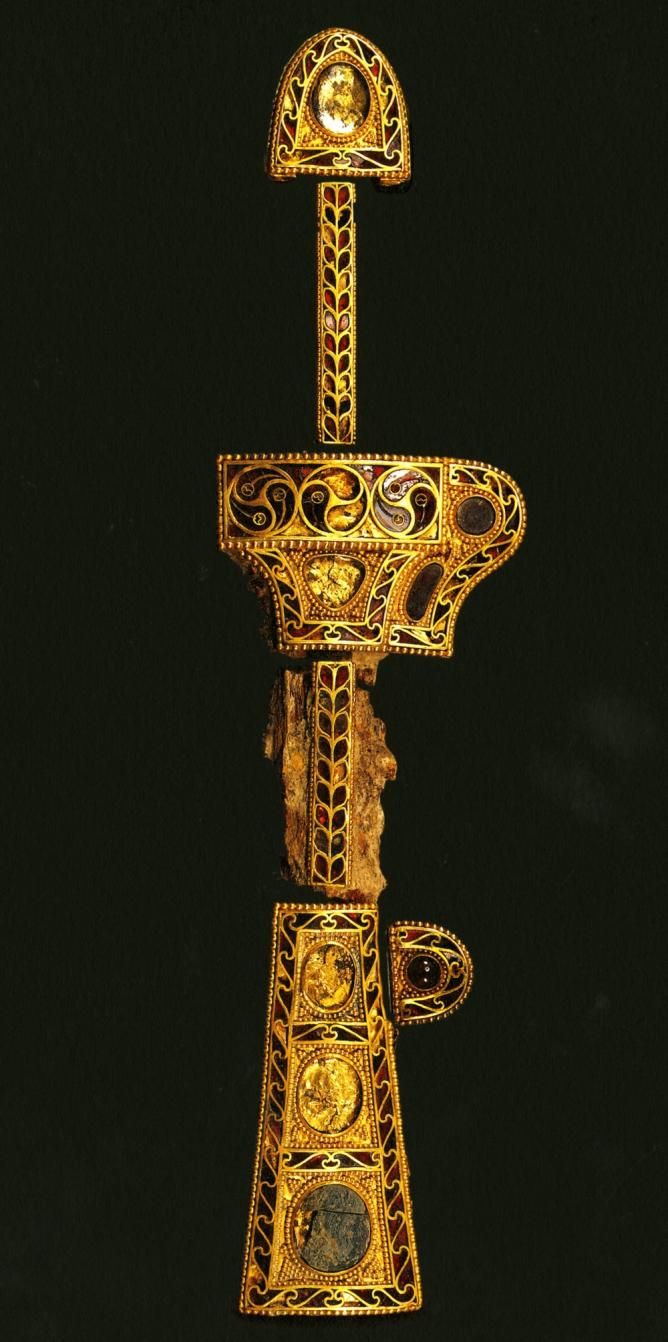
© korea.net
Initially, in 1973 during the maintenance of King Michu's tomb, high-quality grave goods were discovered inside the Gyerim-ro tomb in Gyeongju. This was quite a surprising discovery at the time. The dagger and its golden sheath were adorned with embedded jewelry and gold granules. Based on its distinctive shape and production technology, it had never been seen before on other Silla artifacts.
The sheath is decorated with red agate and an unknown type of bluish-gray stone. The jewelry cannot be examined with the naked eye. This led to the inclusion of this dagger and golden sheath as World Heritage No. 635.
(kpl/mit)
Disclaimer: This translation from Bahasa Indonesia to English has been generated by Artificial Intelligence.





